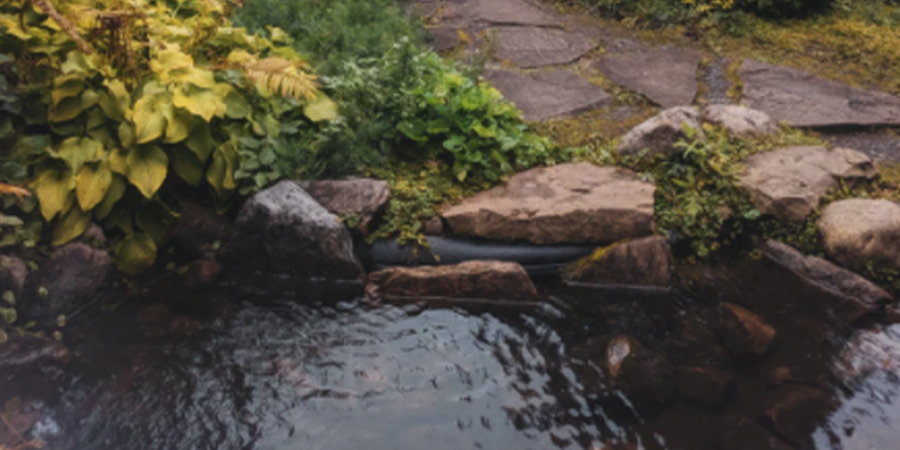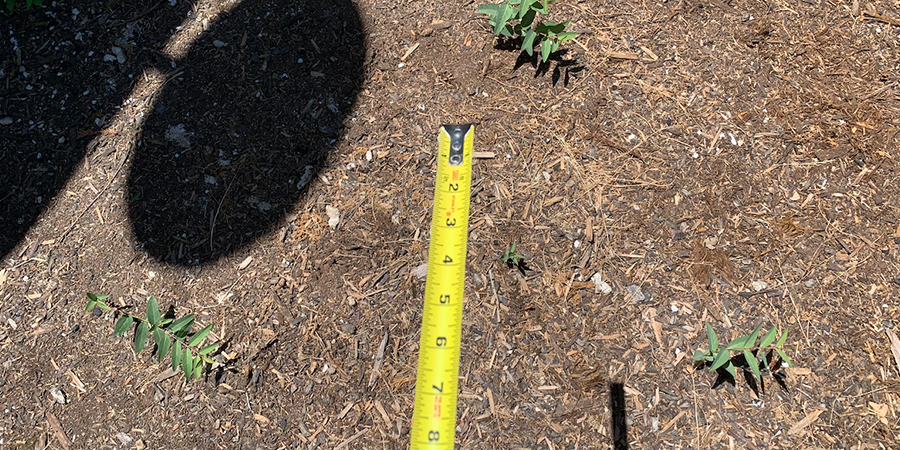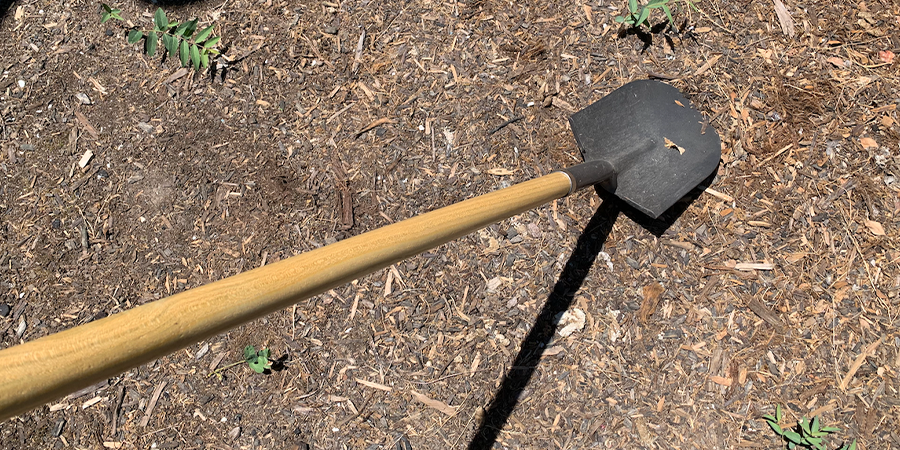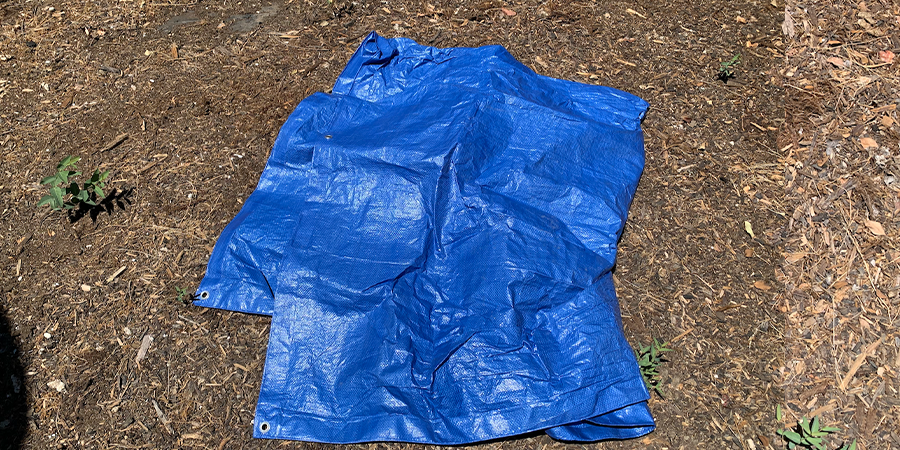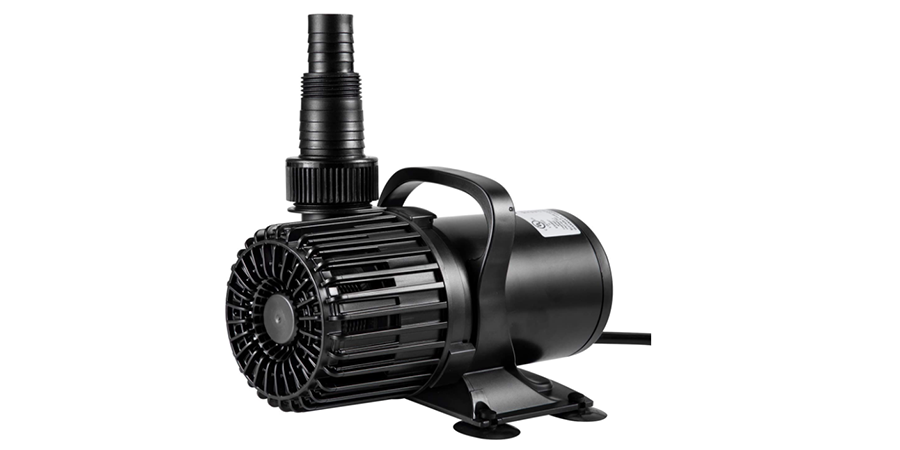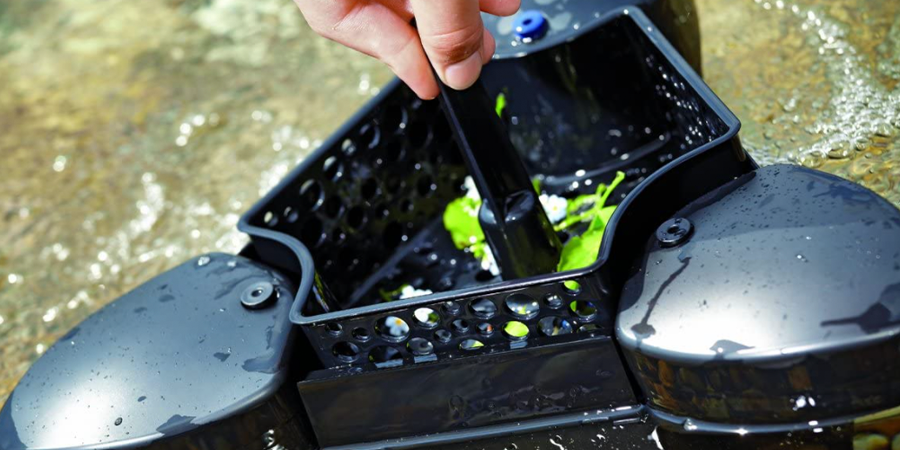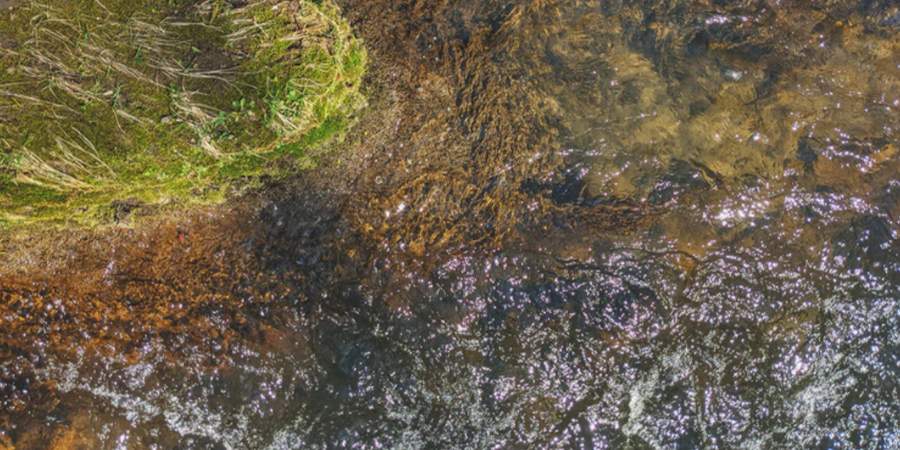A backyard fish pond is a great way to integrate a beautiful water feature and an interesting hobby. Having a feature like this in your backyard can be relaxing and rewarding and is even more when you've built it yourself. Knowing everything about how your backyard pond works will make it easier for you to take care of it.
In this article, we will walk you step by step through the process of building your own backyard fish pond. This is a relatively easy project that can usually be done during a weekend. If you plan ahead and have all of your materials ready when you get started, it can be done immediately. Before you start reading, make sure to check out our backyard koi ponds ideas first!
Benefits of a Backyard Fish Pond
One of the major benefits of a backyard fish pond is the fact that it can be refilled with rainwater. Since it will take up space that would normally be reserved for a lawn, this saves on water and irrigation costs. Having this natural reservoir in your backyard is a great way to not only enhance the beauty of your yard but also help conserve the environment.
Since you won't need to take care of as much grass in your yard, you will be saving money and energy on lawn maintenance. This will save you time, but also help the environment by cutting your carbon footprint that would be expelled by using lawn mowers and other landscaping equipment.
What You Need
Before you begin building your backyard fish pond, you must gather everything you need. Get all the necessary equipment before you start digging, so you can get it installed as soon as the hole is created. This will lower the risk of contaminants getting into your pond before you can get the liner installed.
For this project you will need:
- A shovel
- A tarp or pond liner
- Measuring tape
- Pond pump
- Pond skimmer
- Water source
How It’s Built
The basic construction of a backyard pond is incredibly simple. All you need to do is dig a hole and line it with something to prevent the water from seeping into the ground. Once you've done this, you can fill it with water and install all of the equipment necessary to keep the water refreshed and clean.
We highly recommend you to keep up on the maintenance of your backyard pond, especially if you're using it to keep fish. Fish need clean water that is consistently turned over to live a happy, healthy life. This is why it's so important that you gather all of your materials and have them ready before you begin digging.
Step One: Choose the Size and Location
Size and location are two of the most important decisions you will have to make when building your pond. It's recommended that you don't build a pond underneath any trees that might shed a lot of vegetation. These leaves and debris will end up in the pond, and they can quickly turn into algae and other harmful bacteria.
Choosing a size is also crucial. You will have to get a pump that can turn over the capacity of your pond in gallons. To calculate this, find the cubic footage of the pond. If it's 5 feet long, 3 feet wide, and 3 feet deep, this is cubic footage of 75. To figure out that capacity in gallons, multiply the cubic footage by 7.48. In our example, this ends up being 561 gallons.
It's recommended that you have a pump that can turn over about twice the capacity of your pond per hour. For our 5x3x3 foot pond, this means we should have a pump that has a power rating of 1,000GPH. This will be sufficient enough to keep your pond water fresh and circulated.
Step Two: Dig the Pond
After you chose a size and location, you can start digging. Measure as you go to ensure that you're sticking to your boundary lines and keeping the pond to the capacity that you've planned for. It can be easy to accidentally dig too deep, so keep checking as you work.
Step Three: Install A Liner
After your hole is dug, you will need to install a liner. A standard tarp can work for a smaller pond, but if you're going to build something a little bit deeper and bigger, you will need a specifically designed pond liner. This will keep the water from soaking into the ground and out of the pond. It will also help keep the water clean. Lay the liner in the hole and cover the corners with ground cover to ensure that no rainwater gets under it.
Step Four: Install a Pump
Once your liner is installed, you can fill your pond and install a pump. The pump is meant to keep the water circulated and clean so you don’t have issues with the water standing and getting stagnant. There is a wide variety of pond pumps that you can choose from. For a fish pond, it's recommended that you get an external pump that sits outside of the pond to not disturb the fish.
Step Five: Install a Skimmer
Once your pump is installed, you can install a skimmer to catch some of the debris and dirt that falls into the pond before it sinks to the bottom. Untended debris can turn into algae and bacteria. A high-quality skimmer can keep the water clean and fresh automatically without having to use a net or other manual device.
How to Stock Your Pond
Sigmund via Unsplash
Conclusion
Depending on where you live, there are many ways for you to stock your backyard pond. Some states have free stocking programs that will allow you to stock your pond at no cost in the interest of environmental benefits. If your state doesn’t have this program, you can also stock your pond with fish from local lakes and rivers.
Make sure to prepare your pond for stocking by sinking structures like rocks and pots for them to hide and live in. Before sinking anything, be sure to clean it thoroughly, so you don’t introduce any bacteria into the pond.
Have you built your own backyard pond or other water feature? Be sure to let us know in the comments below!

